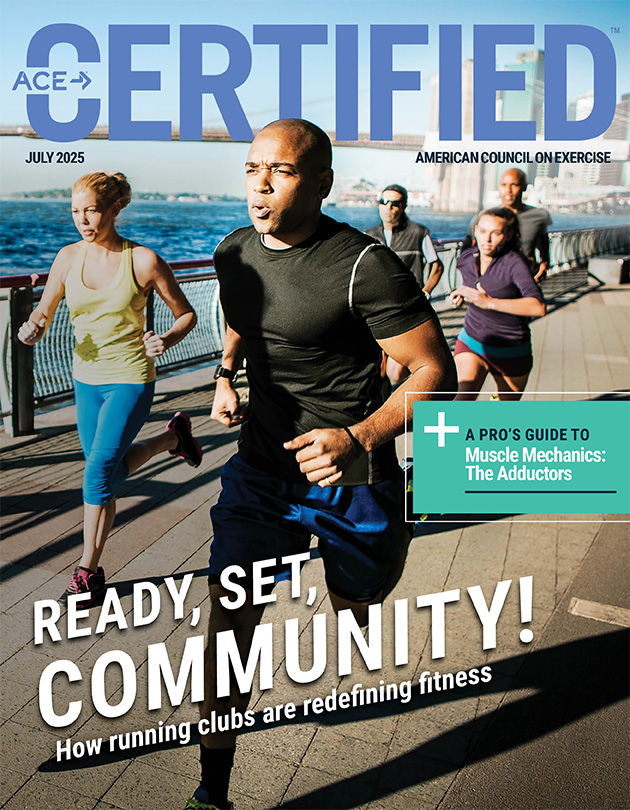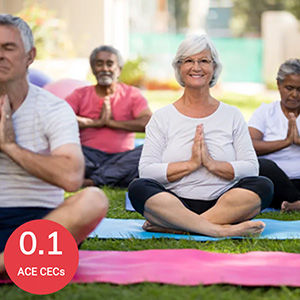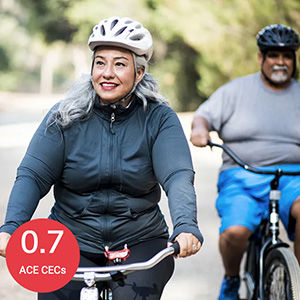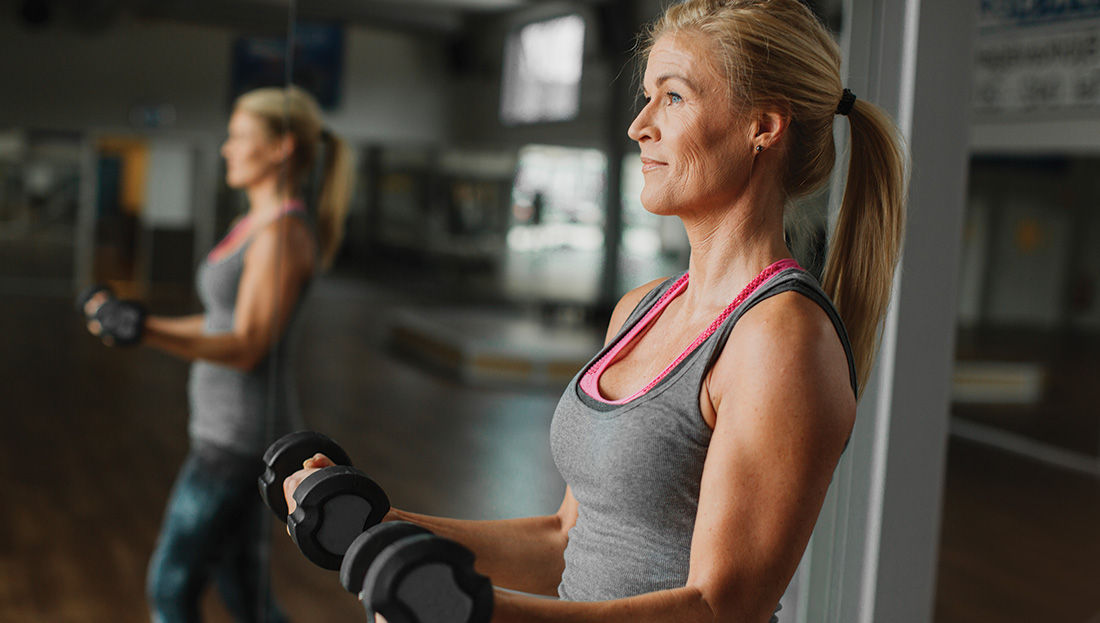
Walk into the health section of any grocery store, open a fitness magazine or scroll through wellness influencers’ feeds, and you’re bound to encounter the term “anti-aging.” It’s a ubiquitous phrase, evoking images of wrinkle-free skin, youthful energy and eternal vitality. But while “anti-aging” may sell products and programs, it also sells an insidious message: that aging is a disease to fight, rather than a natural process to embrace.
In the fitness and wellness industries—spaces that should be built on empowerment, evidence and inclusivity—“anti-aging” rhetoric is not just misleading, it’s harmful. This article explores the dangers of anti-aging marketing language and offers a science-backed argument for shifting toward a "pro-aging" movement grounded in the six pillars of health: nutrition, physical activity, restorative sleep, stress management, social connection, and avoidance of risky substances.
The Problem with “Anti-aging” Language
It Pathologizes a Natural Process
Aging is not a disease. It’s a biological inevitability that begins the moment we are born. Yet the term “anti-aging” implies that aging is abnormal—something to prevent, delay or even reverse. This creates a culture of fear and denial around getting older, particularly for women, who are more often targeted by youth-centric beauty and fitness marketing.
A 2021 report from the World Health Organization (WHO) described ageism as “prevalent, deeply ingrained and more socially accepted than other forms of bias,” and linked it to poorer physical and mental health outcomes, reduced longevity and diminished quality of life. “Anti-aging” marketing contributes directly to this by reinforcing negative stereotypes of older adults as frail, unattractive and unproductive.
It Fuels Unrealistic Expectations and Shame
Many anti-aging products and fitness programs promise to “turn back the clock” or “reverse aging.” These claims are not only scientifically unfounded but also emotionally damaging. When people inevitably fail to achieve the mythical standards set by these messages, they are left with feelings of inadequacy, guilt and shame.
This is especially problematic in the fitness space, where internal motivation and self-efficacy are key to sustained behavior change. My own research and others have suggested that environments, specifically exercise settings, wherein older individuals feel invited, safe and valued and where leaders emphasize effort, personal improvement and cooperation may encourage sustained physical activity, promoting older adults’ long-term health. This is in contrast to environments that promote exercise for appearance-related reasons (e.g., to look younger), which may lead to lower body satisfaction and less likelihood of maintaining regular physical activity.
It Distracts From Evidence-based Health Practices
“Anti-aging” products often focus on superficial, aesthetic markers—wrinkle creams, collagen powders or “biohacking” supplements—while neglecting the fundamentals of healthy aging. This distracts people from engaging in the well-supported lifestyle changes that actually improve longevity and quality of life.
The most effective “age-defying” strategies, of course, aren’t hidden in a serum or supplement. They include the basics: eating nutritious food, staying physically active, sleeping well, managing stress, staying socially engaged and avoiding harmful substances.
The Pro-Aging Paradigm: A Healthier, More Honest Approach
As a health and exercise professional, you can play a role in changing this damaging narrative. In contrast to anti-aging rhetoric, the “pro-aging” movement reframes the narrative around aging from one of decline to one of opportunity, growth and resilience. It encourages people to focus on what their bodies can do at every stage of life and to invest in health over appearance. This approach is deeply aligned with the six pillars of health, each of which contributes significantly to healthy aging and enhanced life satisfaction.
Pillar 1: Nutrition
Nutrition profoundly influences how we age—not just how we look, but how we function. A 2019 study in The Lancet concluded that poor diet is a leading cause of death worldwide. Factors such as high sodium intake and low intake of whole grains and fruits were identified as leading dietary risk factors for deaths globally. In contrast, dietary patterns such as the Mediterranean diet—which emphasizes fruits, vegetables, whole grains, legumes and healthy fats—have been consistently linked to a lower risk of cardiovascular disease, cognitive decline and mortality.
A pro-aging message highlights food as nourishment for long-term vitality, not just as a means for calorie control or wrinkle prevention. It encourages older adults to embrace eating patterns that support muscle preservation, cognitive function and gut health—all critical components of healthy aging.
Key Takeaway: Food is fuel for longevity. Educate your clients about pro-aging nutrition, which promotes strength, energy and vitality, not youthfulness.
Pillar 2: Physical Activity
Being physically active is one of the most powerful practices we have to support healthy aging. The Centers for Disease Control and Prevention (CDC) notes that regular movement helps prevent or manage many chronic health conditions; reduces the risk of moderate or severe functional limitations; reduces the risk of premature death; and supports positive mental health.
Physical activity remains an underutilized approach for promoting health in both community settings and healthcare services for older adults. Rather than seeing age, frailty or functional limitations as barriers, these factors should be viewed as compelling reasons to encourage physical activity, given its well-documented benefits.
A pro-aging model celebrates what aging bodies can do and offers pathways to build strength, confidence and capacity at every age. Increasing physical activity in later life may not only extend longevity but also enhance the quality of those added years.
Key Takeaway: Movement isn’t about staying young—it’s about staying capable. Remind your clients that physical activity makes it possible for them to thrive throughout their lives.
Pillar 3: Restorative Sleep
Sleep behaviors naturally change with age, but insufficient or poor-quality sleep accelerates cognitive and physical decline. According to the National Sleep Foundation, adults between the ages of 18 and 64 should aim for seven to nine hours of nightly sleep and those older than 65 may need a little less—seven to eight hours is recommended. Sleep deprivation has been linked to increased risk of infectious disease, the occurrence and progression of several major medical illnesses including cardiovascular disease and cancer, and the incidence of depression.
Yet, anti-aging rhetoric rarely includes sleep as a key factor. Why? Because there’s no sexy product to sell. Pro-aging messaging, in contrast, honors rest as a regenerative, essential part of the optimal health equation.
Key Takeaway: Sleep is not a luxury—it’s a longevity practice. Encourage your clients to prioritize it as a cornerstone of healthful aging.
Pillar 4: Stress Management
Chronic stress accelerates biological aging, and people who experience higher levels of stress are at greater risk of poor health. Health consequences of stress include poorer immune function, greater risk of developing chronic disease and increased risk of premature death.
Anti-aging culture often adds stress by pressuring people to resist aging. Instead, a pro-aging philosophy encourages practices that calm the nervous system—like mindfulness, nature exposure and creative outlets—as acts of self-respect and self-care. Mindfulness-based stress-reduction practices, specifically, have been linked with improvements in depression, anxiety, stress, insomnia and blood pressure, among others.
Mindfulness involves paying close attention to the present moment, including thoughts, emotions, physical sensations and the environment. It encourages an attitude of openness, curiosity, acceptance, kindness and nonjudgment. The goal of mindfulness practices is to develop this mindful state, whether through formal techniques like focused breathing, meditation, walking or body scans, or informally by bringing mindful awareness into daily activities.
Key Takeaway: Help your clients understand that reducing stress can be a game changer and promotes living longer and better. Mindfulness supports both brain and body resilience as we age.
Pillar 5: Social Connection
Loneliness, social isolation and living alone are significant risk factors for mortality, especially among older adults, as they are associated with increased all-cause mortality. Loneliness is the personal and often painful feeling of being socially disconnected, even if one is not physically alone. This feeling is influenced by an individual's expectations and perceived shortcomings in their social relationships. On the other hand, social isolation is an objective condition marked by a lack of significant social connections or engagement in social activities.
Anti-aging messages often promote individualism and competitiveness—highlighting whose skin is the smoothest or whose workout is the most “youthful.” In contrast, pro-aging messages foster community, belonging and mentorship across generations.
Health and fitness spaces that welcome older adults, celebrate their wisdom and foster connection can be transformational—not only for physical health but also for mental and emotional well-being.
Key Takeaway: Aging well isn’t a solo sport. Recognize that social bonds are a vital component of optimal health for clients of all ages.
Pillar 6: Avoidance of Risky Substances
While “anti-aging” regimens often center on expensive and unproven supplements, the pro-aging approach emphasizes avoidance of substances that do cause harm, such as tobacco and excessive alcohol.
Smoking, for instance, is a major cause of premature skin aging—but more importantly, it drastically increases risk of heart disease, stroke and cancer. Excess alcohol, too, is neurotoxic and accelerates liver aging. Age-related changes in alcohol metabolism can make older adults more susceptible to the intoxicating effects of alcohol, even at lower doses. This increased sensitivity contributes to a greater risk of health issues such as falls, memory loss, liver damage, sleep disturbances, and higher mortality. Additionally, alcohol use is particularly risky for older adults due to the increased likelihood of taking medications that may interact harmfully with alcohol.
The pro-aging message promotes body respect and harm reduction, grounded in choices that support one’s health rather than gamble with it.
Key Takeaway: Urge your clients to skip the miracle anti-aging products. A long, healthy life is boosted by avoiding or limiting risky substances.
Reframing Aging as Power
Perhaps the most profound difference between “anti-aging” and “pro-aging” is a psychological one. Anti-aging is rooted in fear—fear of loss, decline and death. Pro-aging is rooted in strength—strength of body, mind, character and community.
Research suggests that people who hold positive self-perceptions of aging live an average of 7.5 years longer than those who do not. This psychological dimension is critical. When we internalize empowering beliefs about aging, we’re more likely to adopt healthy behaviors, engage socially and remain active and optimistic.
Aging Is Inevitable—Poor Health Is Not
The fitness and wellness industry has a responsibility to stop selling shame disguised as inspiration. “Anti-aging” language may be profitable, but it is ultimately harmful—perpetuating ageism, undermining motivation and diverting attention from the real foundations of health.
It’s time to change the conversation.
The pro-aging movement embraces the aging process with wisdom, science and compassion. It encourages people to build strength, nourish their bodies, rest deeply, manage stress, foster connection and make empowered choices. These are the real pro-aging icons—not because they prevent aging, but because they help us live well while we do it.
Expand Your Knowledge
Ageless Mobility Yoga for Seniors
Designed for fitness professionals and yoga instructors, this course empowers you to confidently this one-hour course provides practical, immediately applicable solutions for common challenges faced when working with the senior population. You’ll learn how to modify poses to address joint sensitivity, balance issues, and flexibility limitations. Gain insight into the best practices for utilizing props and equipment to ensure safety and effectiveness and discover how to integrate these techniques into personal training sessions or group classes. Whether you’re an experienced instructor or new to teaching seniors, this course will build your confidence and expand your ability to serve a growing demographic in the health and fitness industry.
Essentials for Training Older Adults – Course Bundle
The U.S. Census Bureau predicts that 83.7 million people aged 65 and older will be living in the United States by 2050, creating a high demand for trained professionals to help older adults focus on their health and fitness. From strength training and motivation to body and brain improvement, the Essentials for Training Older Adults – Course Bundle dives deep into improving your senior clients’ fitness and quality of life.

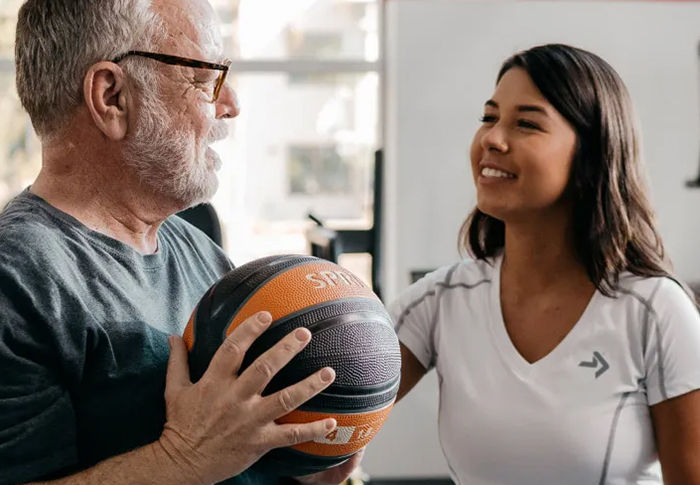
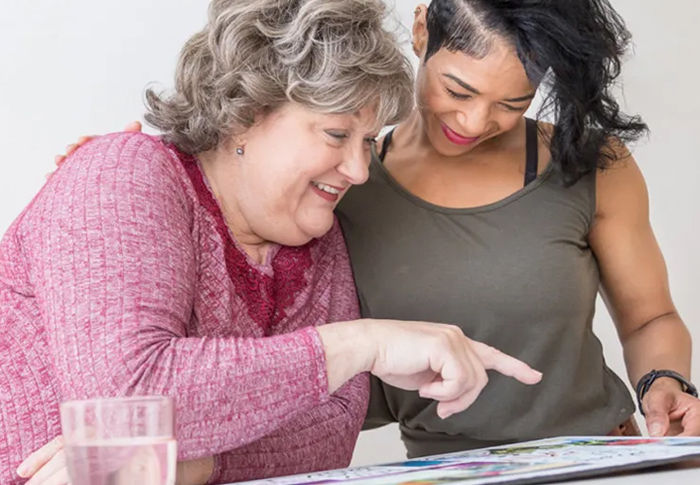
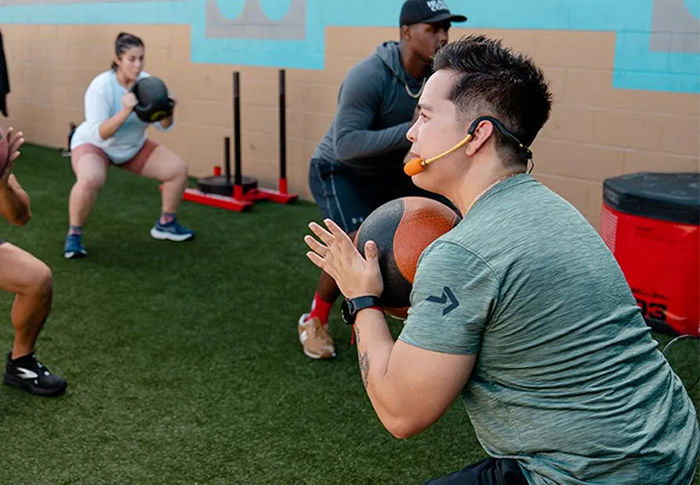
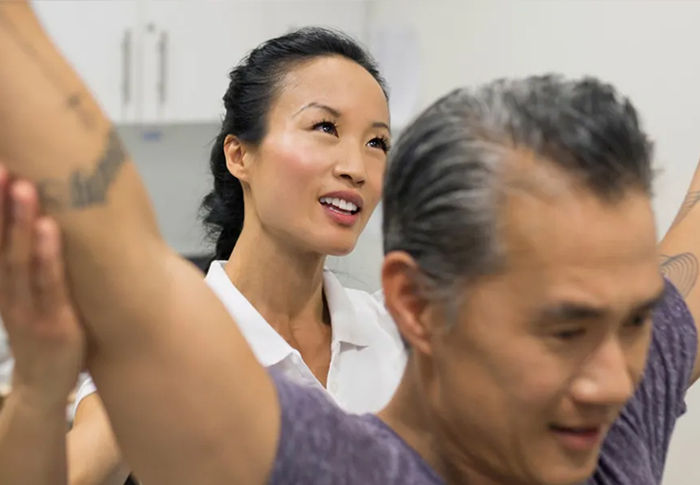
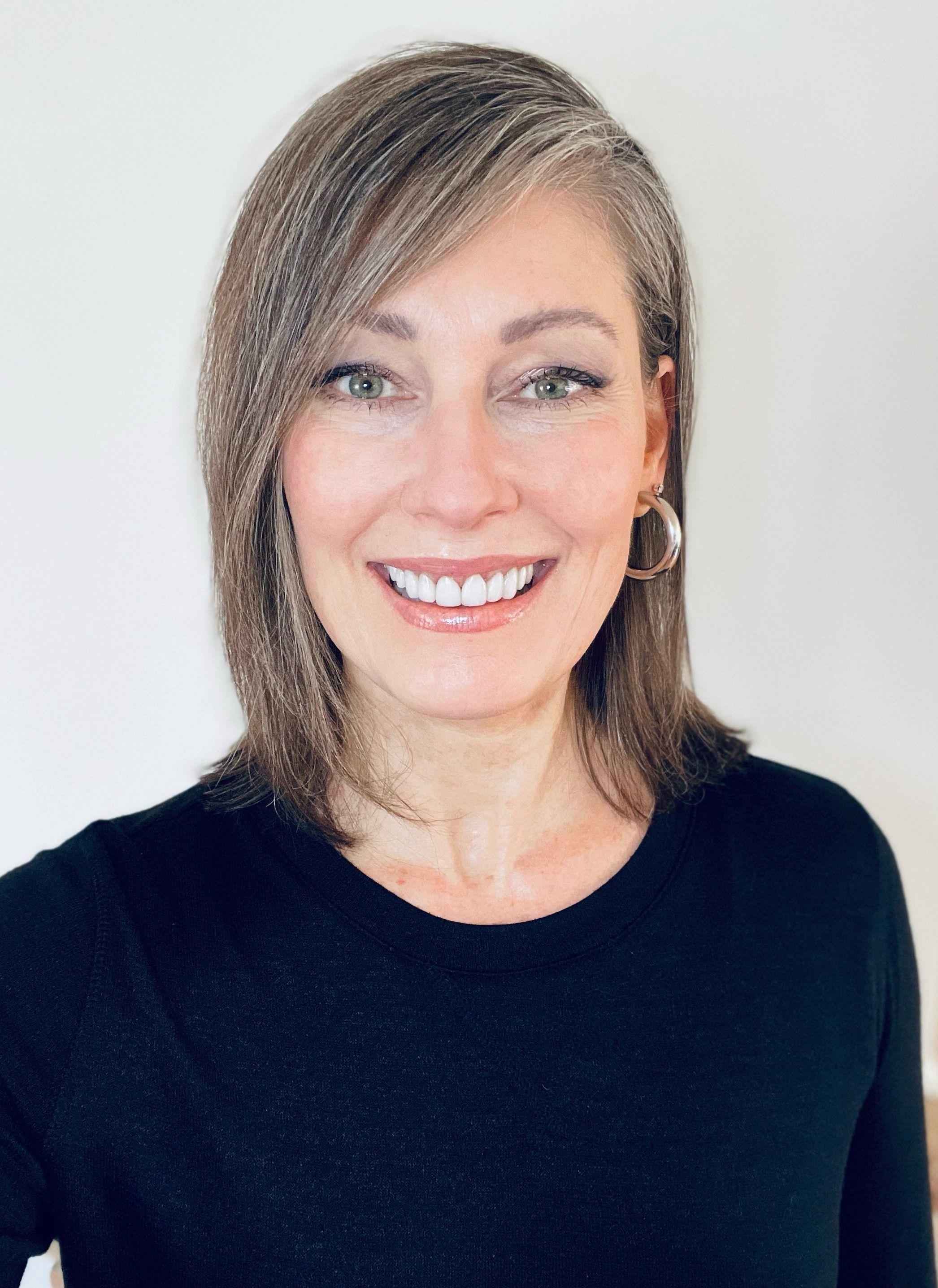 by
by 